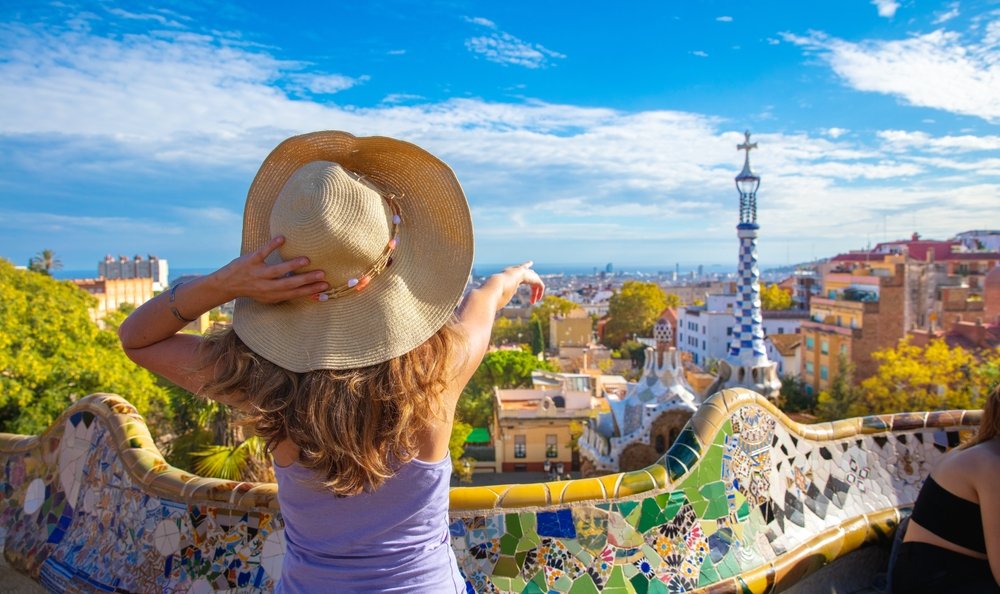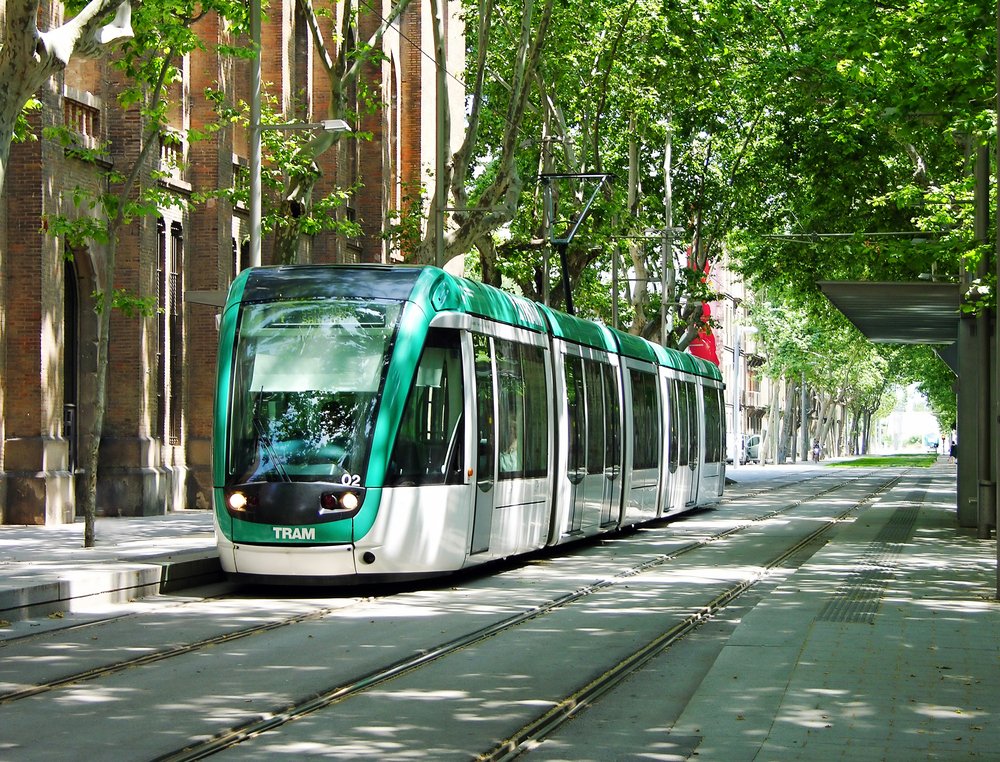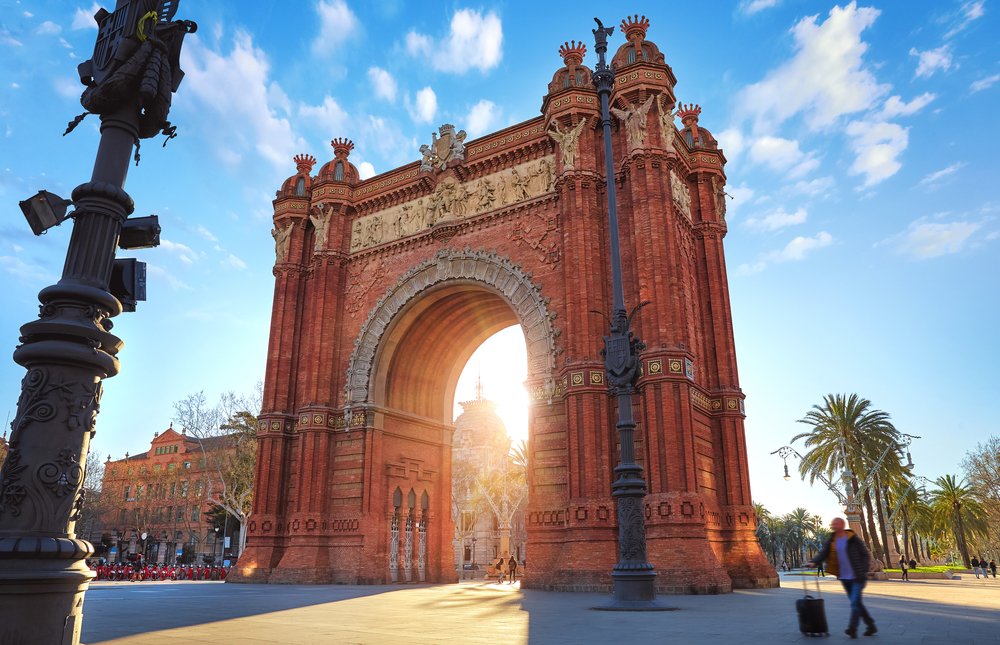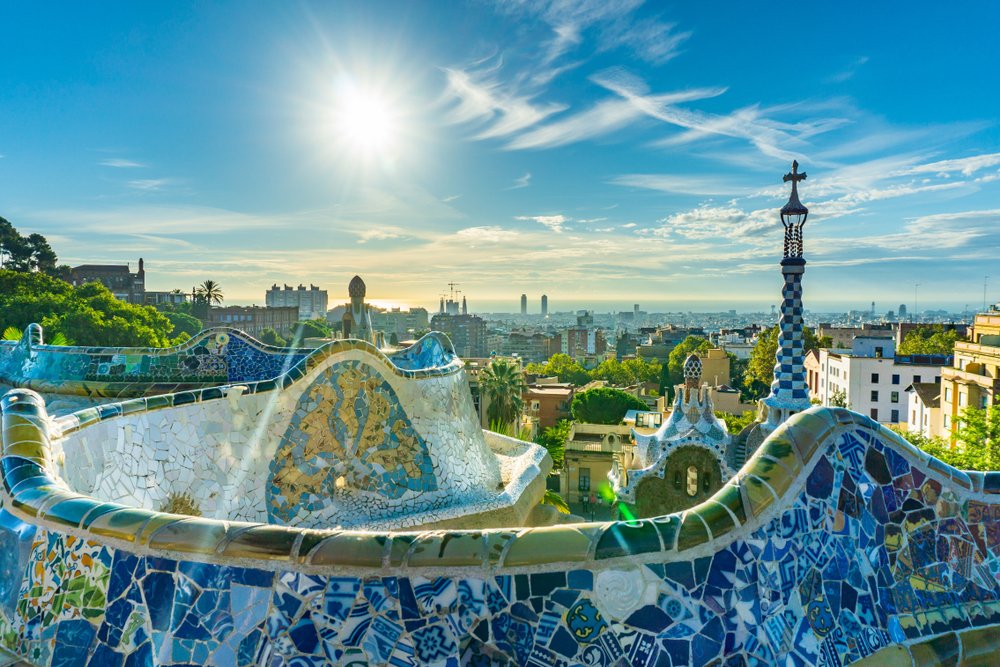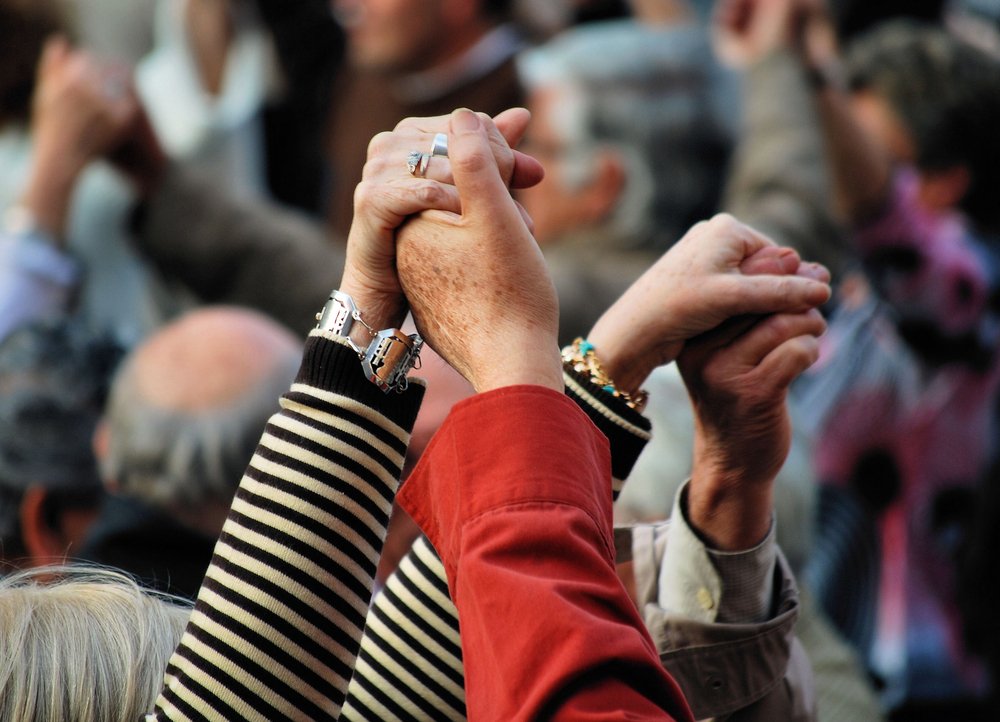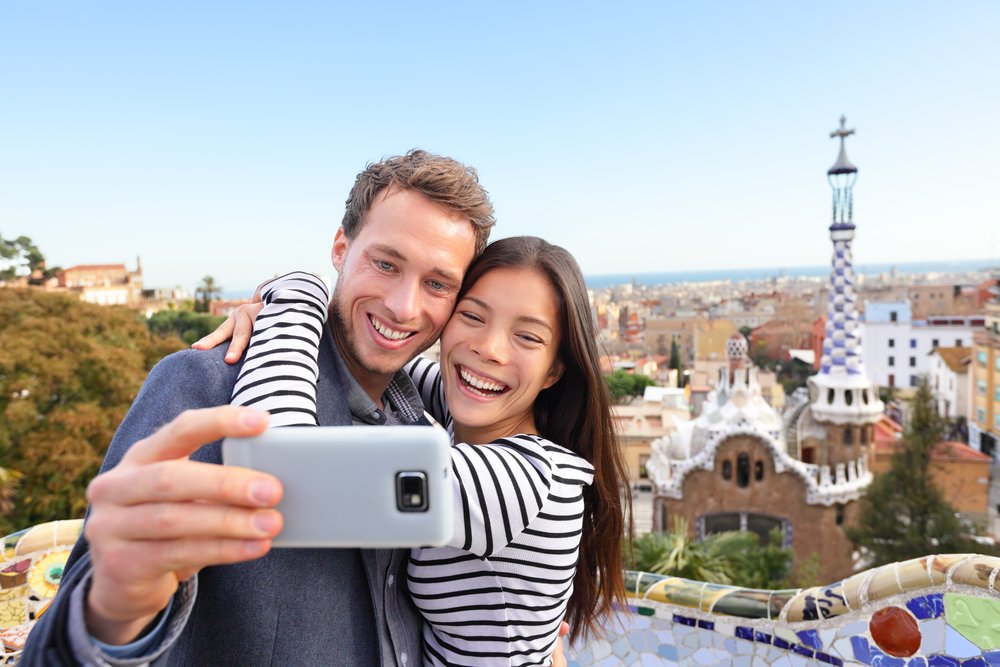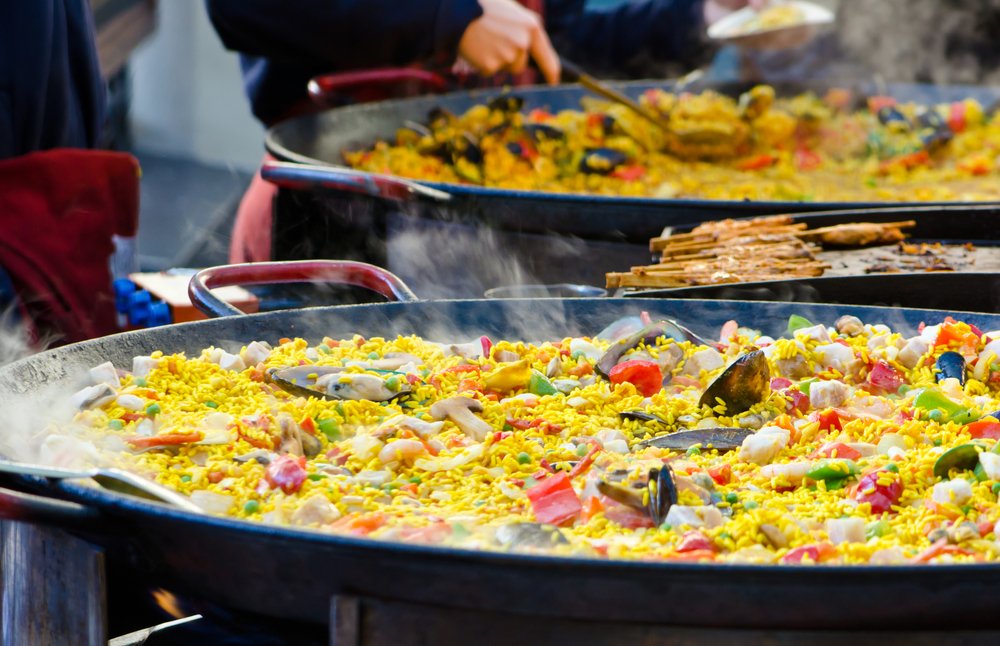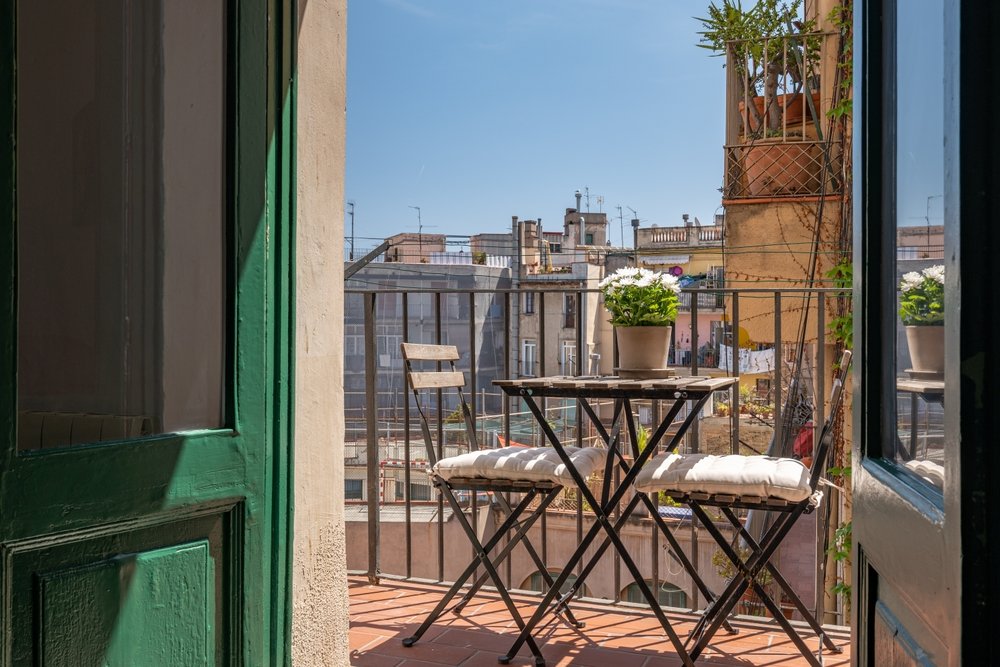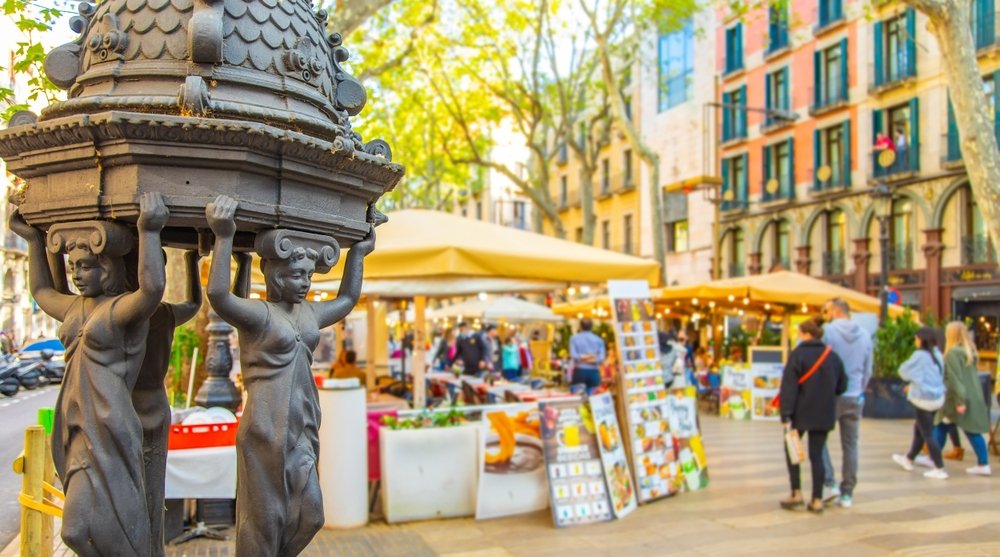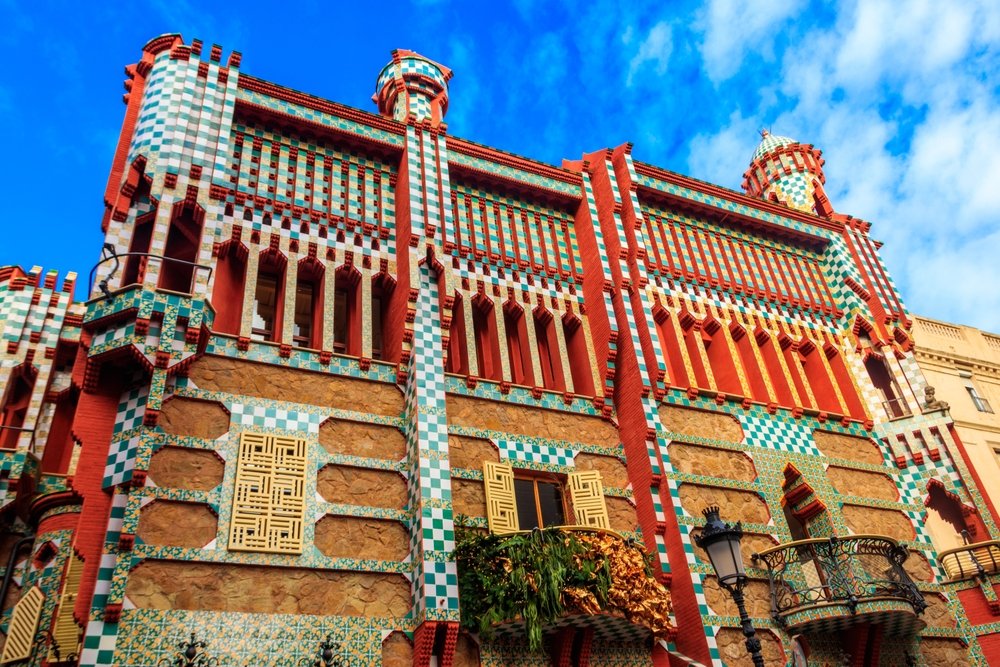Barcelona Travel Guide: Local Tips for your TripThis ...
Trains: Barcelona is well-connected by train, with Barcelona Sants as its main train station, centrally located and easily accessible. It serves trains from major Spanish and European cities, making train travel a scenic and efficient way to arrive. Barcelona França, another prominent station, also receives regional routes and select international services.

